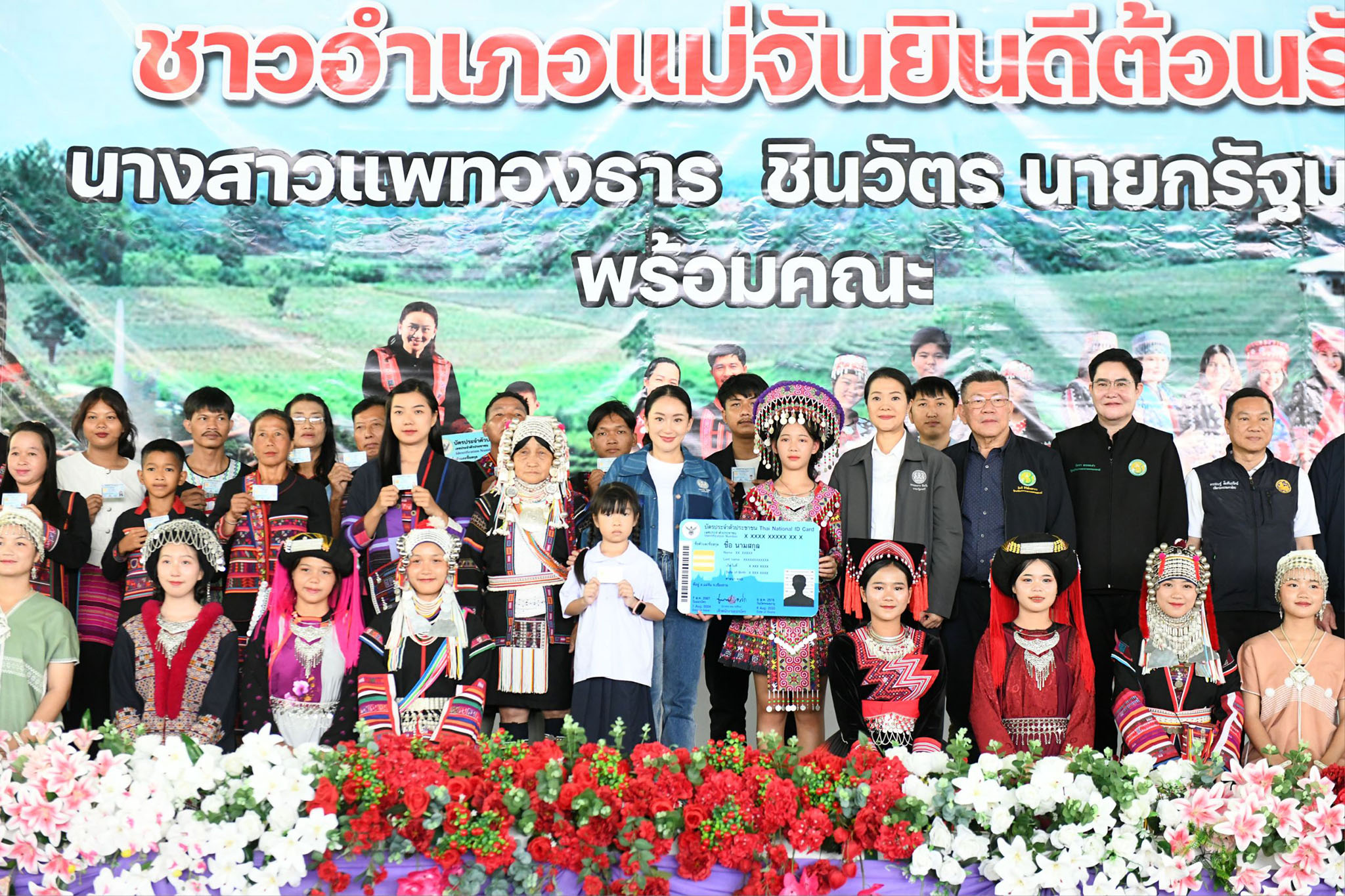The Origins of Thailand: A Comprehensive Historical Journey from Prehistory to the Modern State 1. Pre-Thai Civilizations: Crossroads of Ancient Cultures The land that is present-day Thailand has been inhabited for over 40,000 years, with evidence found in sites like the Spirit Cave and Ban Chiang. These archaeological discoveries reveal advanced Neolithic and Bronze Age societies, skilled in agriculture, textile production, pottery, and early metallurgy. Ban Chiang in Udon Thani is a UNESCO World Heritage Site, representing a key center of early metallurgy and societal complexity that influenced all of mainland Southeast Asia. 2. Early States and External Influences Dvaravati (6th–11th centuries CE): Centered in Nakhon Pathom–Suphanburi, reflecting Theravada Buddhism and South Indian artistic influences. Srivijaya (7th–13th centuries): A maritime power based in the South, connecting Indian Ocean and Chinese trade routes, and shaping the Buddhist landscape. Funan–Chenla–Khmer Empires: Khmer culture and statecraft extended deep into present-day Northeast and Central Thailand, leaving behind monumental architecture and inscriptions. 3. Migration and the Roots of the Thai People The Tai-Kadai peoples, ancestors of modern Thais, began migrating from Southern China into the Mekong basin and northern Thailand between the 8th and 13th centuries. They assimilated with indigenous groups, blending languages, religious practices, and traditions, giving rise to distinct regional identities. Linguistic, artistic, and legendary evidence across the North and Northeast demonstrates this fusion of Tai, Chinese, Khmer, Mon, and Burmese influences. 4. The Sukhothai Kingdom: Dawn of the Thai State Founded in 1238 CE by King Sri Indraditya, Sukhothai marked the rise of the first truly independent Thai kingdom. Under King Ramkhamhaeng the Great, the Thai script was invented, Theravada Buddhism flourished, and a paternalistic style of governance was established. Sukhothai’s stone inscriptions, especially the Ramkhamhaeng Inscription, provide invaluable records of language, law, and daily life. The kingdom also developed tributary relationships
Read More




